- Wine world
Understand the Bordeaux wine rankings
- Wed, Apr 26, 2023 at 09:25
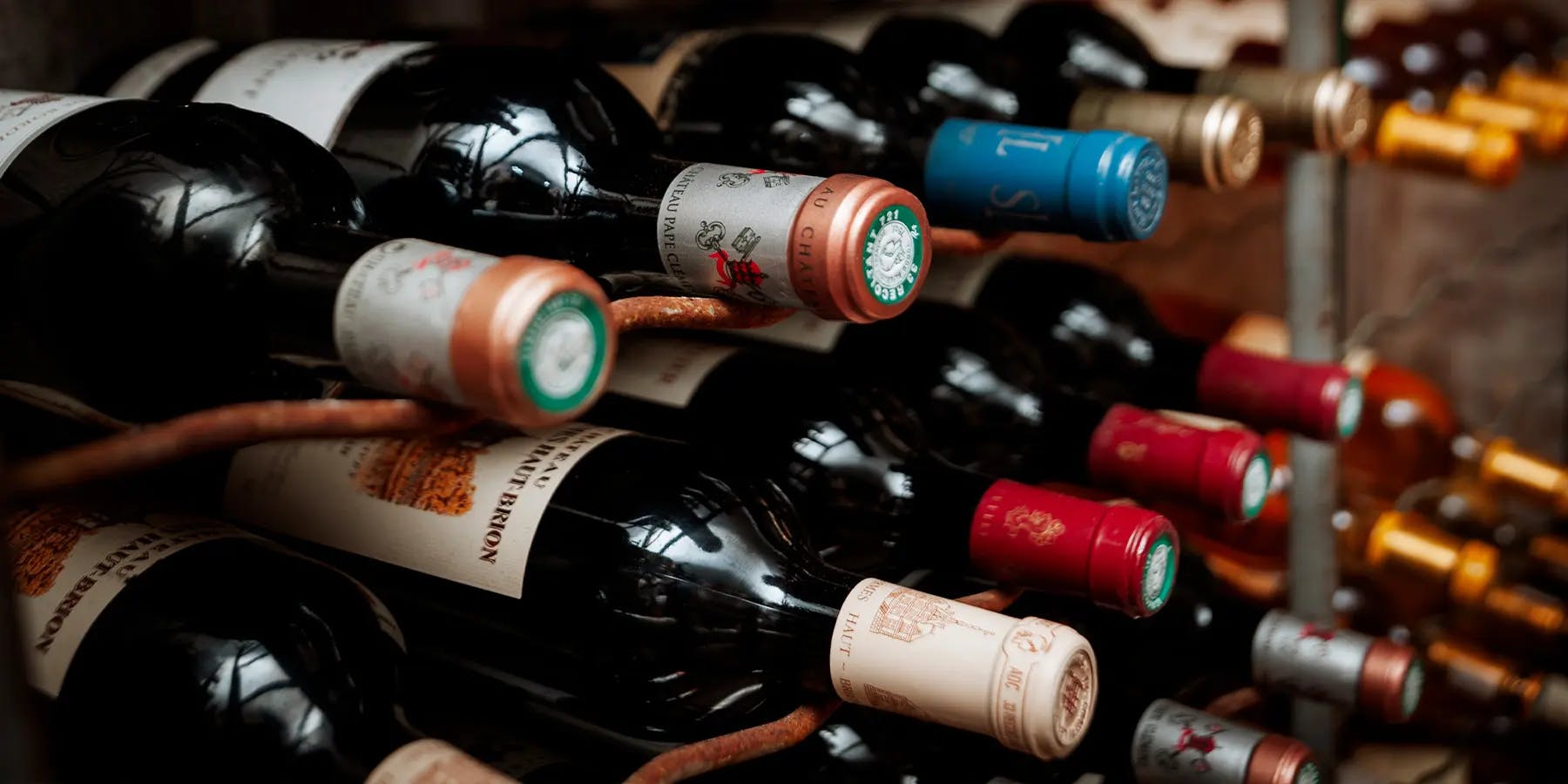
The Bordeaux Wine Classification of 1855
The most famous classification is that of 1855, which lists exclusively the wines of the left bank and essentially wines from the Médoc, Sauternes and one wine from Pessac-Léognan. No wine from the right bank, which was then under the control of Libourne, was included in this classification. This 1855 Bordeaux wine classification was established for the 1855 Paris World's Fair, at the request of Napoleon III, and classifies the chateaux into five categories: First Cru Classé, Second Cru Classé, Third Cru Classé, Fourth Cru Classé and Fifth Cru Classé. This classification is based on the reputation and prices of the wines at the time, and has only undergone two changes:
- On September 16, 1855, Chateau Cantemerle (Haut-Medoc) was admitted as a fifth growth.
- In 1973, Baron Philippe de Rothschild, owner of Château Mouton Rothschild, obtained the passage of his estate from second growth to first growth.
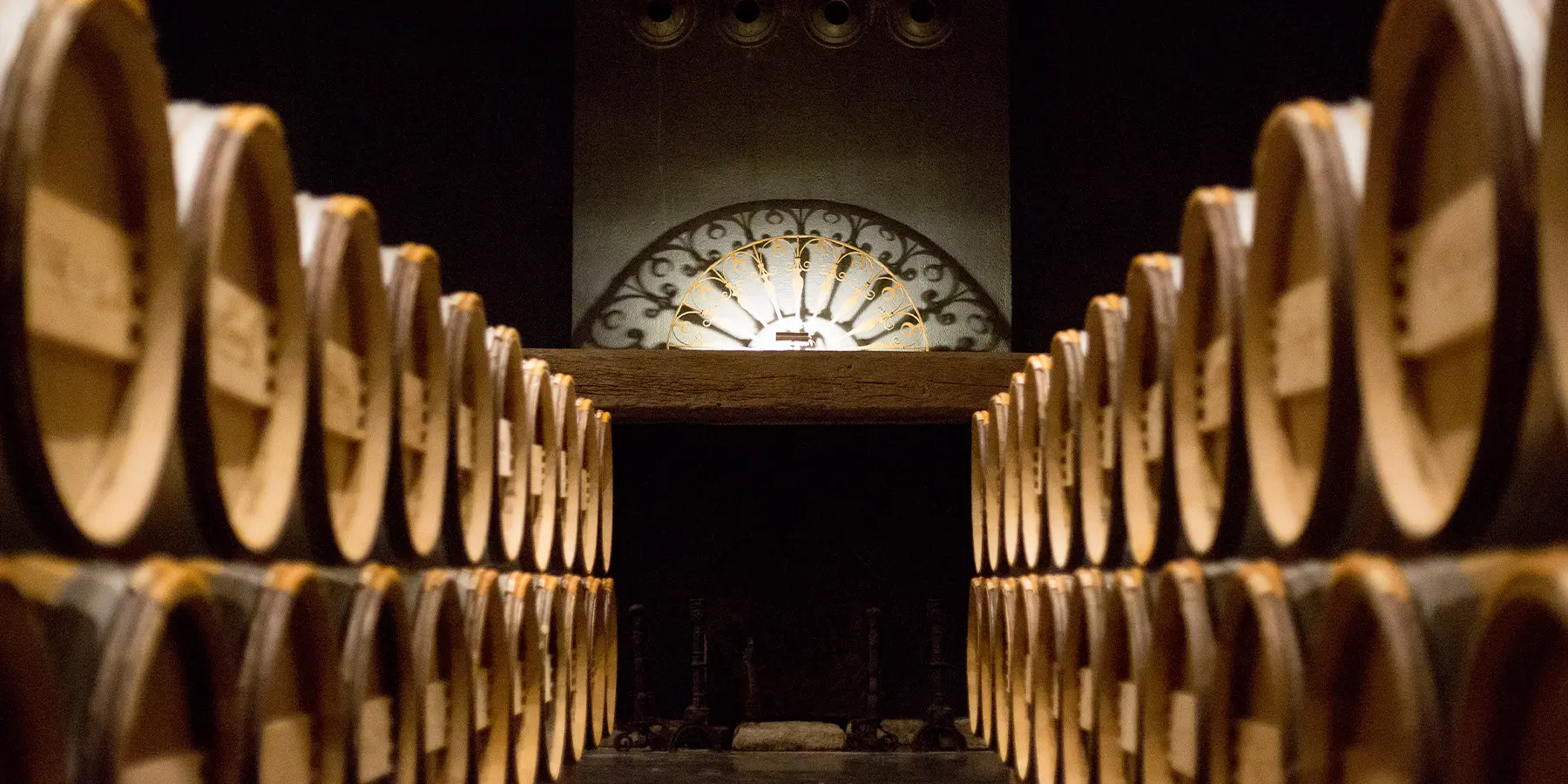 ©bricebraastad
©bricebraastad
The classification of red wines is divided into five categories of growths :
The First Growths (5) :
- Château Lafite-Rothschild, Pauillac
- Château Latour, Pauillac
- Château Margaux, Margaux
- Château Mouton Rothschild, Pauillac
- Château Haut-Brion, Pessac
The Seconds Growths (14) :
- Château Rauzan-Ségla, Margaux
- Château Rauzan-Gassies, Margaux
- Château Léoville-Poyferré, Saint-Julien
- Château Léoville Las Cases, Saint-Julien
- Château Léoville Barton, Saint-Julien
- Château Durfort-Vivens, Margaux
- Château Gruaud Larose, Saint-Julien
- Château Lascombes, Margaux
- Château Brane-Cantenac, Margaux
- Château Pichon Baron, Pauillac
- Château Pichon Longueville Contesse de Lalande, Pauillac
- Château Ducru-Beaucaillou, Saint-Julien
- Château Cos D'Estournel, Saint-Estèphe
- Château Montrose, Saint-Estèphe
The Third Growths (14) :
- Château Kirwan, Margaux
- Château d'Issan, Margaux
- Château Lagrange, Saint-Julien
- Château Langoa Barton, Saint-Julien
- Château Giscours, Margaux
- Château Malescot Saint-Exuspery, Margaux
- Château Boyd-Cantenac, Margaux
- Château Cantenac Brown, Margaux
- Château Palmer, Margaux
- Château La Lagune, Haut-Médoc
- Château Desmirail, Margaux
- Château Calon Ségur, Saint-Estèphe
- Château Ferrière, Margaux
- Château Marquis d'Alesme Becker, Margaux
The Fourth Growths (10) :
- Château Saint-Pierre, Saint-Julien
- Château Talbot, Saint-Julien
- Château Branaire-Ducru, Saint-Julien
- Château Duhart-Milon, Pauillac
- Château Pouget, Margaux
- Château La Tour Carnet, Haut-Médoc
- Château Lafon-Rochet, Saint-Estèphe
- Château Beychevelle, Saint-Julien
- Château Prieure-Lichine, Margaux
- Château Marquis de Terme, Margaux
The Fifth Growths (18) :
- Château Pontet-Canet, Pauillac
- Château Batailley, Pauillac
- Château Haut-Batailley, Pauillac
- Château Grand-Puy-Lacoste, Pauillac
- Château Grand-Puy-Ducasse, Pauillac
- Château Lynch-Bages, Pauillac
- Château Lynch-Moussas, Pauillac
- Château Dauzac, Margaux
- Château d'Armailhac, Pauillac
- Château du Tertre, Margaux
- Château Haut-Bages Libéral, Pauillac
- Château Pédesclaux, Pauillac
- Château Belgrave, Haut-Médoc
- Château de Camensac, Haut-Médoc
- Château Cos Labory, Saint-Estèphe
- Château Clerc Milon, Pauillac
- Château Croizet-Bages, Pauillac
- Château Cantemerle, Haut-Médoc
The classification of sweet white wines is divided into three categories of growths :
The Premiers Crus Supérieur (1) :
- Château d'Yquem, Sauternes
The Premiers Crus (11) :
- Château de la Tour Blanche, Sauternes
- Château Lafaurie-Peyraguey, Sauternes
- Château Haut-Peyraguey, Sauternes
- Château de Rayne-Vigneau, Sauternes
- Château Suduiraut, Sauternes
- Château Coutet, Barsac
- Château Climens, Barsac
- Château Guiraud, Sauternes
- Château Rieussec, Sauternes
- Château Rabaud-Promis, Sauternes
- Château Sigalas-Rabaud, Sauternes
The Second Growths (15) :
- Château de Myrat, Barsac
- Château Doisy Daëne, Barsac
- Château Doisy-Dubroca, Barsac
- Château Doisy-Vedrines, Barsac
- Château d'Arche, Sauternes
- Château Filhot, Sauternes
- Château Broustet, Barsac
- Château Nairac, Barsac
- Château Caillou, Barsac
- Château Suau, Barsac
- Château de Malle, Sauternes
- Château Romer, Sauternes
- Château Romer-du-Hayot, Sauternes
- Château Lamothe, Sauternes
- Château Lamothe-Guignard, Sauternes
The Graves Classification
In 1953, in response to a request from the Syndicat de défense de l'appellation des Graves, the Institut National des Appellations d'Origine (INAO) decided to create its own classification to do justice to the Graves region. Indeed, none of the wines of this region appeared in the official Classification of Bordeaux wines of 1855, except for Château Haut-Brion. The classification of Graves counts 16 Grands Crus Classés, regrouping both white and red wines, in which we can see prestigious chateaux such as Chateau Carbonnieux, Chateau de Fieuzal or Chateau Pape Clément.
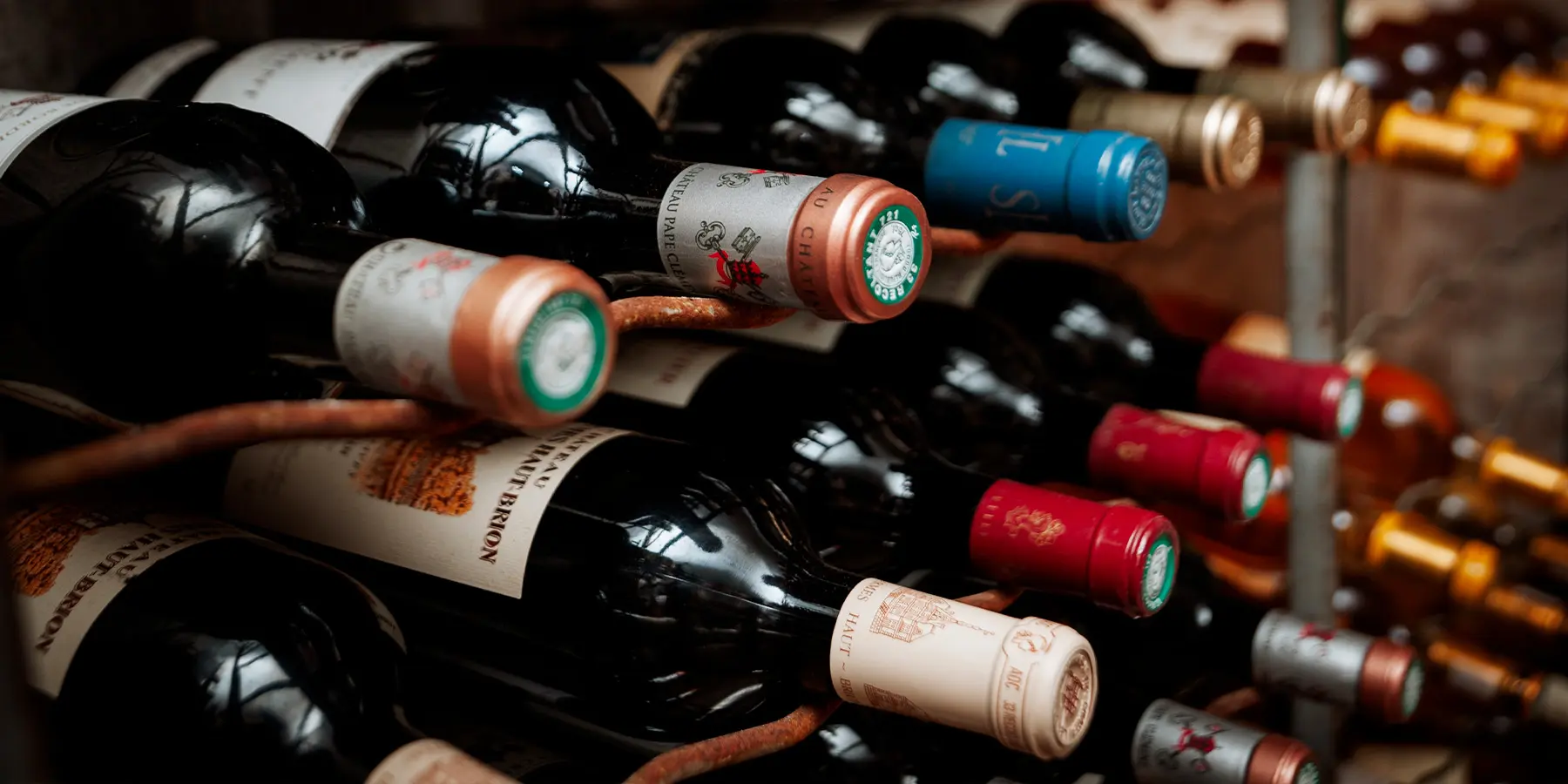 ©victoriahebrard
©victoriahebrard
The 16 Classified Growths of Graves are the following :
- Château Bouscaut, Rouge et Blanc
- Château Carbonnieux, Rouge et Blanc
- Domaine de Chevalier, Rouge et Blanc
- Château Couhins, Blanc
- Château Couhins-Lurton, Blanc
- Château de Fieuzal, Rouge
- Château Haut-Bailly, Rouge
- Château Haut-Brion, Rouge
- Château Latour-Martillac, Rouge et Blanc
- Château Laville Haut-Brion, Blanc
- Château Malartic-Lagravière, Rouge et Blanc
- Château La Mission Haut-Brion, Rouge
- Château Olivier, Rouge et Blanc
- Château Pape Clément, Rouge
- Château Smith Haut Lafitte, Rouge
- Château La Tour Haut-Brion, Rouge
The Classification of Saint-Emilion
There are also classifications for other regions of Bordeaux, such as Saint-Émilion and Pomerol. The Saint-Émilion classification, established in 1955 and revised every ten years, classifies wines into four categories: Premier Grand Cru Classé A, Premier Grand Cru Classé B, Grand Cru Classé and Grand Cru. The Pomerol classification, created in 2012, has only one category: "Cru Exceptionnel". The last classification of 2022 counts some 85 Grands Crus Classés including 2 Premiers Grands Crus Classés A and 12 Premiers Grands Crus Classés B.
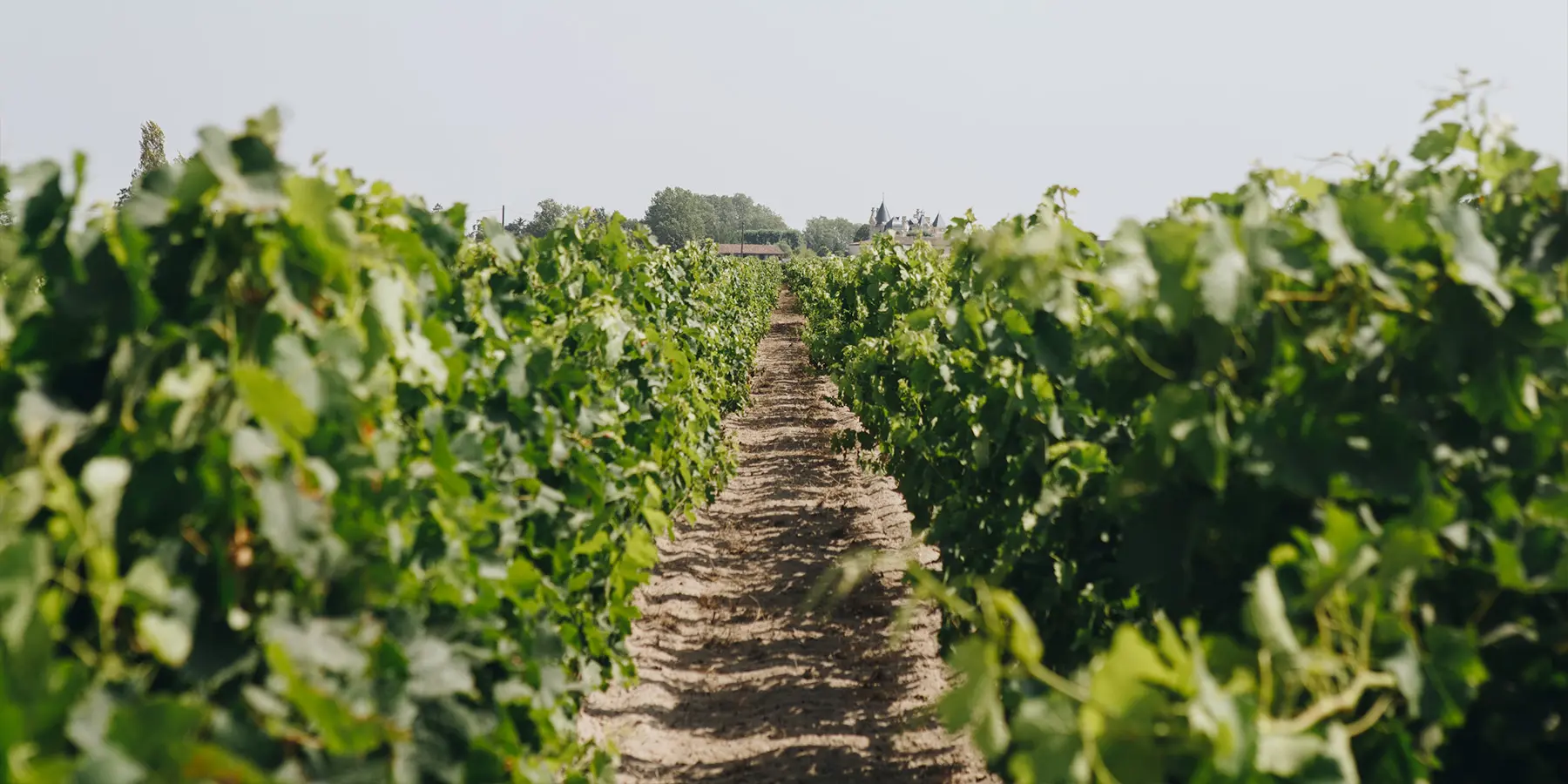 ©victoriahebrard
©victoriahebrard
The First Great Classified Growths A (2) :
- Château Figeac
- Château Pavie
The First Great Classified Growths B (2) :
- Château Beau-Séjour Bécot
- Château Beauséjour (Héritiers Dufau-Lagarrosse)
- Château Bélair-Monange
- Château Canon
- Château Canon la Gaffelière
- Château Larcis Ducasse
- Château Pavie Macquin
- Chateau Troplong Mondot
- Château TrotteVieille
- Château Valandraud
- Clos Fourtet
- La Mondotte
The Grands Crus Classés (71) :
Château Badette, Château Balestard la Tonnelle, Château Barde-Haut, Château Bellefont Belcier, Château Bellevue, Château Berliquet, Château Boutisse, Château Cadet-Bon, Château Cap de Mourlin, Château Chauvin, Château Clos de Sarpe, Château Corbin, Château Corbin Michotte, Château Croix de Labrie, Château Côte de Baleau, Château Dassault, Château Destieux, Château Faugères, Château Fleur Cardinale, Château Fombrauge, Château Fonplégade, Château Fonroque, Château Franc Mayne, Château Grand Corbin, Château Grand Corbin-Despagne, Château Grand Mayne, Château Guadet, Château Haut-Sarpe, Château Jean Faure, Château La Fleur Morange, Château Laniote, Château Larmande, Château Laroque, Château Laroze, Château Le Prieuré, Château Mangot, Château Monbousquet, Château Montlabert, Château Montlisse, Château Moulin du Cadet, Château Peby Faugères, Château Petit Faurie de Soutard, Château Ripeau, Château Rochebelle, Château Rol Valentin, Château Saint-Georges-Cote-Pavie, Château Sansonnet, Château Soutard, Château Tour Baladoz, Château Tour Saint-Christophe, Château Villemaurine, Château Yon-Figeac, Château de Ferrand, Château de Pressac, Château la Commanderie, Château la Confession, Château la Couspaude, Château la Croizille, Château la Dominique, Château la Marzelle, Château la Serre, Château la Tour Figeac, Château le Chatelet, Clos Badon Thunevin, Clos Dubreuil, Clos Saint-Julien, Clos Saint-Martin, Clos de l'Oratoire, Clos des Jacobins, Couvent des Jacobins, Lassegue
The Classification of the Crus Bourgeois
The fourth classification that gives distinction and recognition to the wines of Bordeaux is the classification of Crus Bourgeois du Médoc. This selection was created in 1932 and was not registered until 1962 by a syndicate and had to wait until 2000 to be officially regulated. The Crus Bourgeois du Médoc form a large family of châteaux committed to producing quality red wines at reasonable prices. This historic Bordeaux appellation is distinguished by its wide variety of flavors, which constitute its richness and strength. This classification covers 8 Médoc appellations: Médoc, Haut-Médoc, Listrac-Médoc, Moulis-en-Médoc, Margaux, Saint-Julien, Pauillac and Saint-Estèphe and ranks the most demanding and consistent châteaux according to three levels of historical hierarchy: Cru Bourgeois; Cru Bourgeois Supérieur and Cru Bourgeois Exceptionnel. For the year 2022, 250 properties are part of the Alliance des Crus Bourgeois.
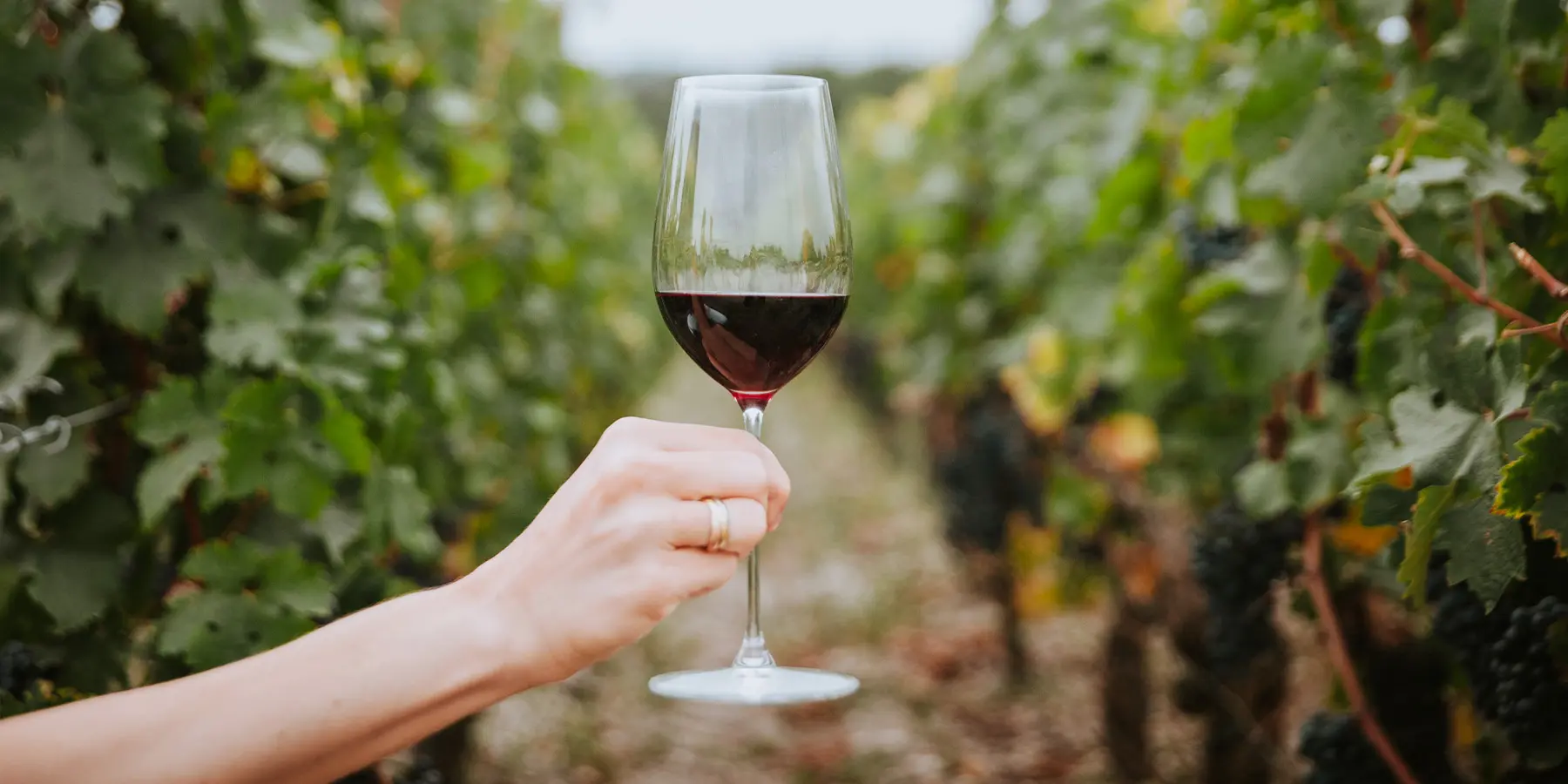 ©victoriahebrard
©victoriahebrard
The Classification of Artisanal Growths
Finally, the last classification has existed for over 150 years but has only recently resurfaced with the creation of the Syndicat des Crus Artisans du Médoc in 1989. This classification, entitled "Classement des Crus Artisans du Médoc", allows small and medium-sized family-owned wineries to make a name for themselves and to stand out in a region where large estates often have a monopoly on fame. In addition, in order to appear in this classification, each structure must carry out the entire production chain, i.e. viticulture, vinification and marketing of the wines and produce wines in at least one of the 8 Médoc appellations. In June 1994, the name "Crus Artisans" was revived thanks to European regulations, allowing the inscription of this mention on the main label of the wines concerned. Since 2017, 36 properties have been classified for the 2017 to 2021 vintages and the classification is reviewed every 5 years to ensure the exemplary quality of the Crus Artisans and to allow new wineries to display this prestigious mention.
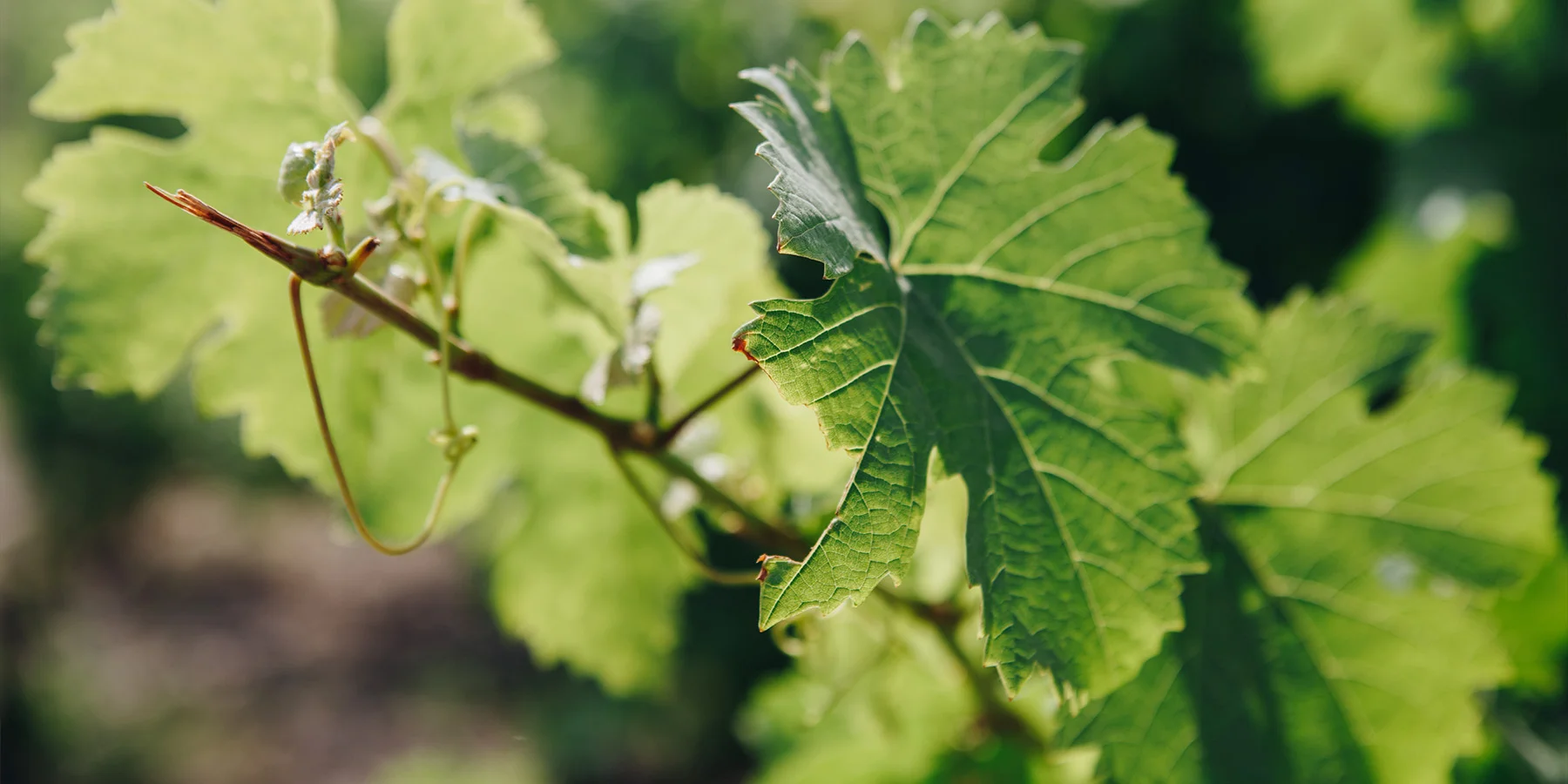 ©victoriahebrard
©victoriahebrard
These 5 classifications are an indicator of the quality and reputation of Bordeaux wines, but they are not perfect. Indeed, there are many exceptional wines that do not appear in these classifications but that you can discover through our product catalog.
